Tim Hortons boasts 16 branches in Scotland, with three in Tayside and Fife.
And earlier this month, locals queued for hours to be among the first drive-thru customers at its new Dundee restaurant.
Robert McLeod, from Perth, waited 16 hours to be visitor No1.
The 59-year-old told us: “I’m in the building trade and knew I had the day off today because it’s freezing cold.
“Over the weekend I thought, ‘Well, I’m not going to be doing anything’ so I thought I’d be as well to come through and wait.
“I live in Perth and visit the branch there a lot. I love their coffees. They’re brilliant.”
But it’s unlikely those clamouring to get their hands on a ‘Timmies’ or the famous Timbits would have been aware of the tragedy behind one of Canada’s most famous exports – and how its founder didn’t live to see it become an £11 billion business.
Let’s rewind back to 1964.
That’s when Tim Horton Donuts – later renamed to just Tim Hortons – first opened as a store in Hamilton, Ontario.
Its founder Tim Horton was a defenceman for the Toronto Maple Leafs ice hockey team and widely regarded as one of the finest players of his generation.
With one eye on life after sport, the married father of four daughters started the business with Montréal businessman Jim Charade, who he met a year earlier.
But relations soon soured and Charade – widely credited as the man who persuaded Horton to focus on selling coffee and doughnuts instead of burgers – and another franchisee Spencer Brown moved on.
Step forward Ron Joyce, a former police officer who served in the Royal Canadian and had been raised by a single mum before leaving home at 15.
Ron Joyce
Joyce had been running a Dairy Queen in Hamilton and when the fast food giants refused to give him a second franchise, he sealed a deal to become the third franchisee of Tim Hortons.
In his 2006 autobiography Always Fresh, Joyce admitted he knew nothing about doughnuts and relied heavily on a baker who consulted a Ouija board before deciding on nightly production levels.
He wrote: “I thought the whole thing was crazy, but I’d invested money and decided I’d wait to see how it worked out.
“Not surprisingly, things didn’t immediately improve.”
In 1967, Joyce and Horton became partners in the firm.
And by 1974, the hockey idol was with the Buffalo Sabres and, according to the New York Times, the stores “were counted by the dozen”.
But on February 21 of that year, a 44-year-old Tim Horton was killed in a car crash.
He died after losing control of the De Tomaso Pantera sports car given to him a year earlier as a Sabres signing bonus.
Car crash
In a 2006 TV interview, Joyce said: “He played hockey that evening.
“We went back to the office that night and he was sitting in the office that we shared in Oakville (in Ontario).
“We sat and talked until 4 o’clock in the morning but I had to be somewhere at 8.
“I said, ‘Look, I’ve got to get some rest, why don’t you come to the house and sleep at my place?’
“We were real good friends, real close.
“He agreed [to sleep over]. We had three or four [drinks] over three or four hours.
“He wasn’t intoxicated or anything like that.
“The stories came out that he was but that’s not true – or in my mind it wasn’t true.”
He added: “On the Queen Elizabeth Highway at 4am there is no traffic. This is 1974.
“I get home, he wasn’t there. I assumed he went to Buffalo so I just went to bed.”
At 6am, Joyce got a call from George ‘Punch’ Imlach, Horton’s Buffalo Sabres coach.
He said: “I’ll always remember the words – ‘Ron, Tim’s been in an accident.
“I said, ‘How bad is it?’ He said, ‘He’s dead – I knew I shouldn’t have bought him that car’.
“And then he hung up the phone. I loved him [Horton].”
Horton’s share of the firm was now in the hands of his wife Lori.
But a year after her husband’s death, she struck a deal with Joyce, who took full control after handing his friend’s widow over one million Canadian dollars and a Cadillac Eldorado.
With the ex-cop in charge, the coffee business was soon booming in the Great White North and America in a way none of them ever envisaged.
In 1996, he sold Tim Hortons to hamburger chain Wendy’s for around 600 million Canadian dollars (Joyce regretted the sale and the two giants separated in 2006).
In his home country, however, a story was growing.
Tim Hortons court battle
One interviewer later said to him: “It’s now in Canadian folklore that you stole the company from his widow.”
Lori Horton – who died in 2000 aged 68 – struggled with addiction in the 1970s and in the intervening years claimed Joyce took advantage of this to get control of the company.
She twice took her case to court, losing on both occasions.
To the TV host’s suggestion, Joyce replied: “No – I defended myself in a court.”
In one of the happier twists in the tale of Tim Hortons, Joyce’s son (Ron Joyce Jr) married his late friend and business partner’s eldest daughter (Jeri-Lynn Horton-Joyce) and the couple own several franchises in Cobourg, Ontario.
The man who turned the coffee and doughnut chain in to a global giant passed away in January 2019 at the age of 88.
He died two years after losing a bid to stop sexual assault allegations against him – made in 2011 by a woman in her 30s – going to trial.
Joyce called his accuser “a pathological extortionist”.
Reports claim both parties initially reached an out-of-court settlement but the lawsuit resurfaced in 2017 after a disagreement on how it was reached.
In June 2021, we revealed that Tim Hortons had won an appeal to the Scottish Government to open a drive-thru and café in the City of Discovery after plans were refused twice.
More than a year later, Dundee City Council had to pay £12,000 in compensation to the Canadian empire for delaying their opening.
The expenses ruling came after a Scottish Government reporter concluded the council’s planning committee lacked “reasonable grounds” when it rejected the New Craigie Retail Park development.
But for its devotees, like Robert from Perth who waited 16 hours to be the new store’s first customer, its arrival was worth the wait.
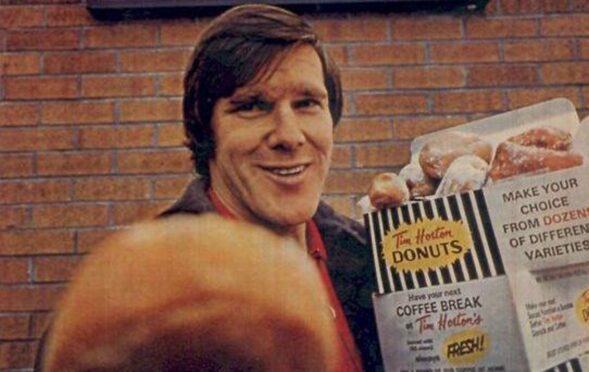
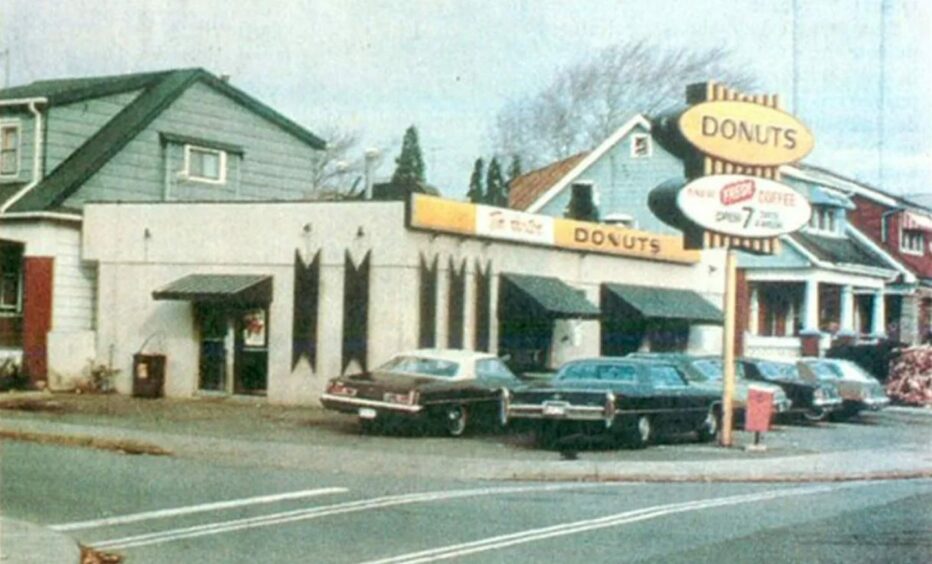
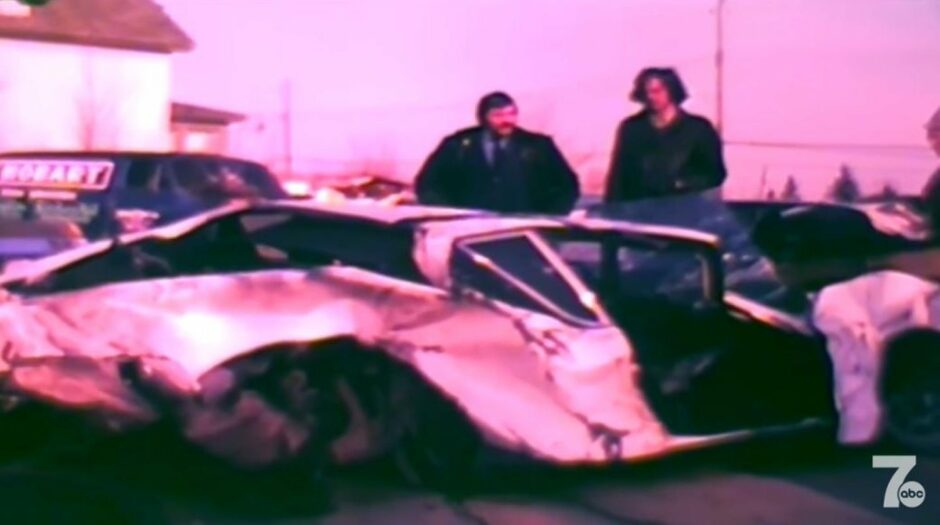
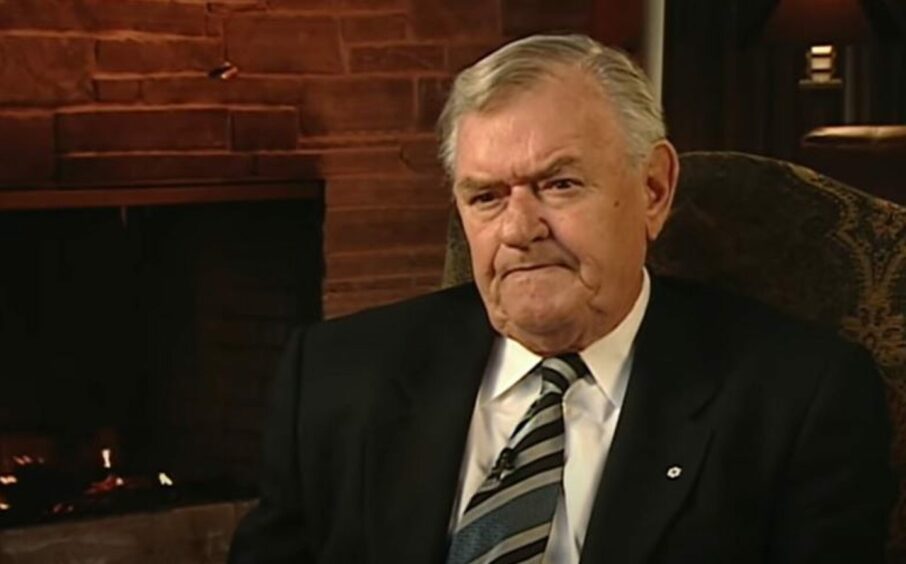
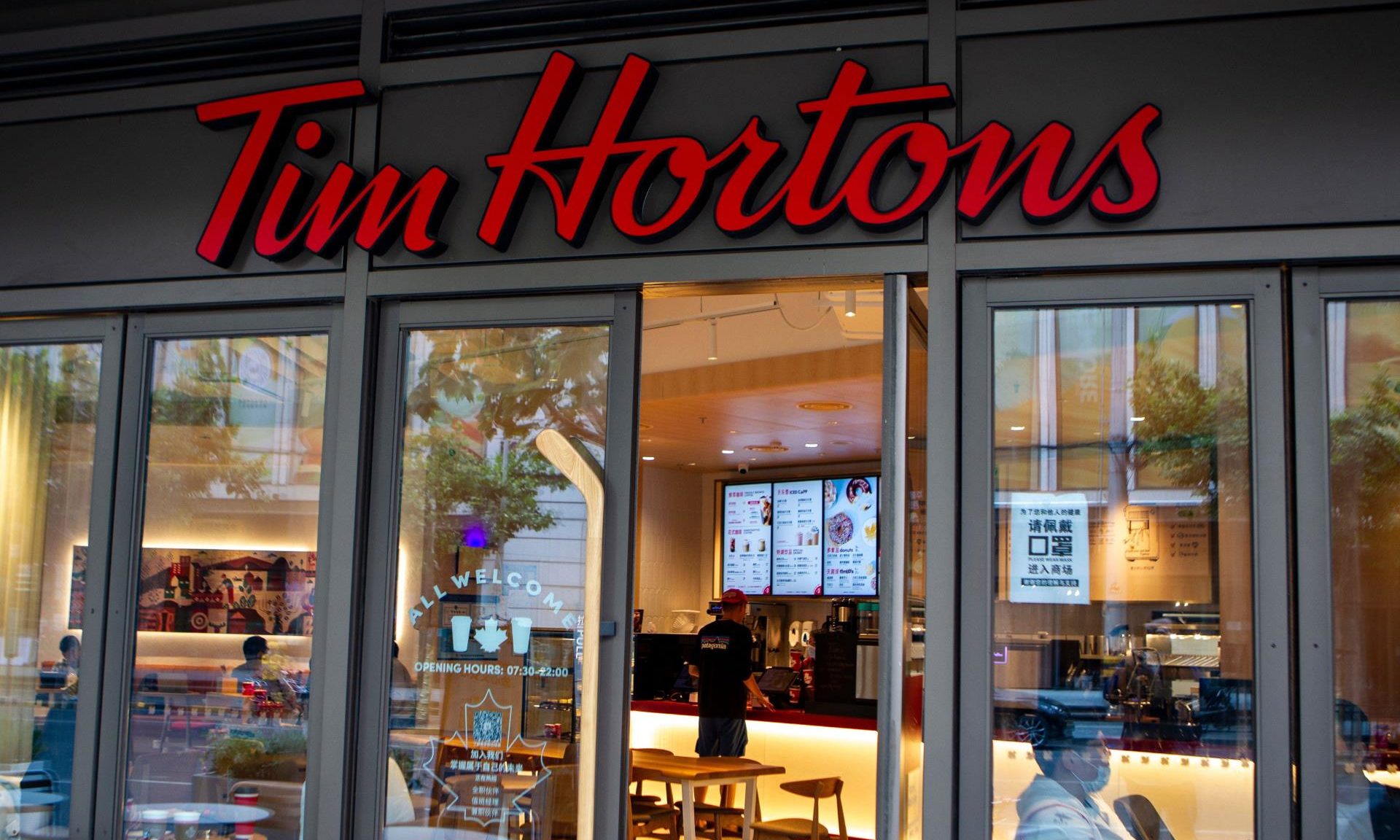
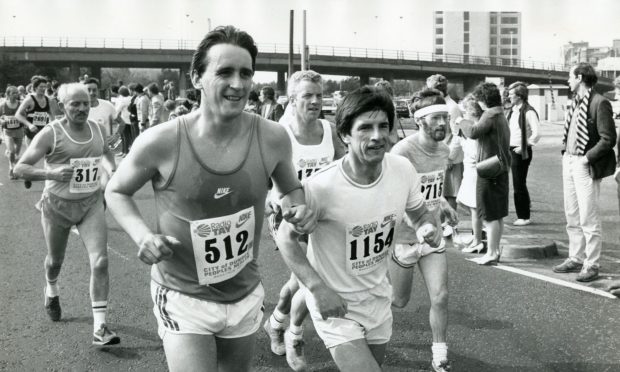









Conversation